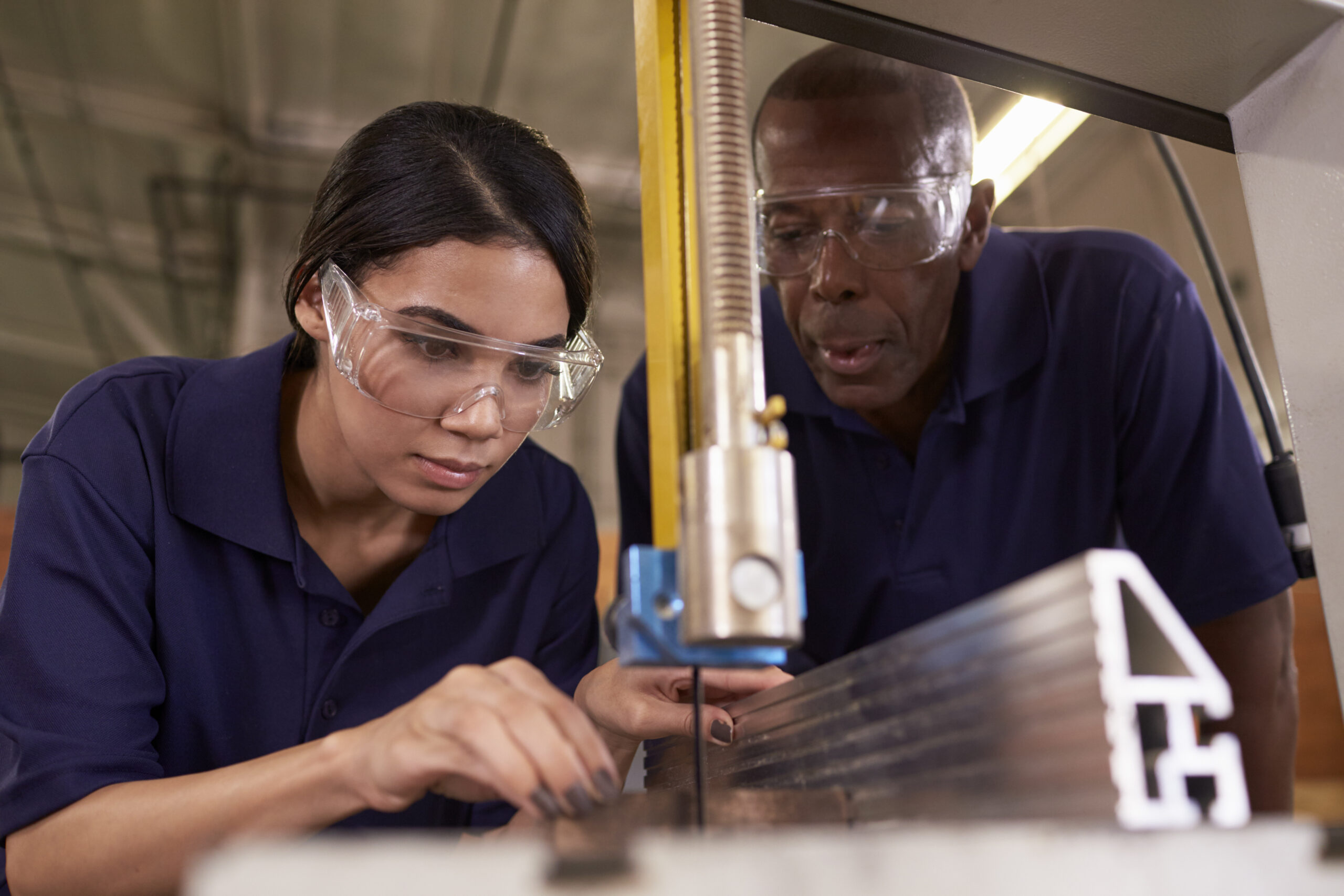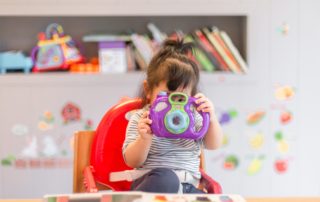Economic Security, Mobility and Equity (ESME)
Whether paid or unpaid, women’s work is crucial for their families’ economic security and well-being. Greater gender equality in paid and unpaid work will reduce poverty and improve economic growth and prosperity; persistent inequity in employment and family work is costing all of us. Women are held back by the undervaluation of historically female work, workplaces designed as if workers had no family responsibilities, and a broken-down work-family infrastructure.
IWPR’s ESME program highlights the extent of pay inequalities, and the role played by stark occupational segregation in perpetuating unequal pay. We conduct research and analysis on women’s labor force participation and employment trends; workforce development, non-traditional employment, and apprenticeships; the impact of sex discrimination and harassment on women’s career advancement and mobility; the gender pay gap and pay inequity across race and ethnicity; work-family policies and employer practices; the and the impact of automation and technological advances on women workers.
We work with policymakers, employers, advocates, and practitioners to identify promising practices and policy solutions.
Valuing Good Health in Austin, Texas: The Costs and Benefits of Earned Sick Days
DOWNLOAD REPORT Policymakers across the country are increasingly interested in ensuring that workers can earn paid time off to use when they are sick. In addition to concerns about workers’ ability to respond to their own health needs, there is growing recognition that, [...]
Paid Family and Medical Leave Insurance: Modest Costs are a Good investment in America’s Economy
DOWNLOAD REPORT February 5, 2018, marks the 25th anniversary of President Bill Clinton’s signing of the Family and Medical Leave Act of 1993 (FMLA). Since then, FMLA has been used millions of times by eligible workers to take up to 12 weeks of job [...]
Private Sector Workers Lack Pay Transparency: Pay Secrecy May Reduce Women’s Bargaining Power and Contribute to Gender Wage Gap
The IWPR/Rockefeller Survey of Economic Security is the first to ask workers whether there are policies at their work places that discourage or prohibit sharing information about pay.
The Business Case for Childcare
Nearly one in 10 people in the world are younger than five, but in many parts of the world, affordable and quality child care and early childhood education are hard to find. Since caring for children is still mainly seen as women’s responsibility, the lack [...]
Tackling Childcare:The Business Case for Employer-Supported Childcare
Almost one in 10 of the world’s population, 679 million, are children younger than five years old. To thrive and develop, these children and their older siblings need care.
Access to Paid Sick Time in Austin, Texas
This briefing paper presents estimates of access to paid sick time in Austin by sex, race and ethnicity, sector of employment, occupation, part/full-time employment status, and earnings levels through analyses of government data sources, including the 2013–2015 National Health Interview Survey (NHIS) and the 2015 American Community Survey (ACS).










